#also this is just v approximate 50/50 mixes directly on the page
Explore tagged Tumblr posts
Text

#Birmingham pen company#fountain pen inks#fountain pens#mine#I feel like their mixable range is missing a magenta#granted I only got 5 from the atominks range (and no red)#but it’s magenta you need for basic colour mixing#anyways#also this is just v approximate 50/50 mixes directly on the page#so obviously not a complete range on mixes I could do with the colours I have#like you should be able to get some nice purple with electron/s w taffy#but electron is much more potent so you need much less than 50% of it#this was fun to do#regretting getting bearing grease but that’s the point of samples#you live and you learn#I apologize for how shaft-like some of these blobs look
5 notes
·
View notes
Text
Creative drawing home investigation
The Pencil Bra
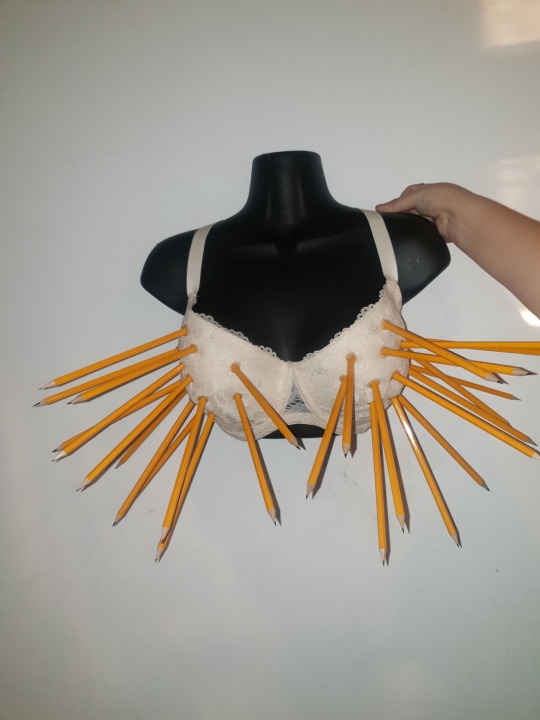
the task was to create something that attaches to your body that you can draw with, or in other words a kinetic drawing body extension, i began to jot down ideas and do rough sketches, i thought of a shoe covered in pens and dipping the foot in to paint also, i thought of a dress with paint bottles attached to the bottom of the dress and moving around by spinning jumping and other movements to create markings, my final idea was the bra, i thought it was really out of the box and nobody else had thought of it, i enjoy making my work weird and unexpected, so thats what i did. i acquired a bra that i had bought that did not fit me, and used some cheap HB pencils and hot glued them to my bra in no particular pattern.
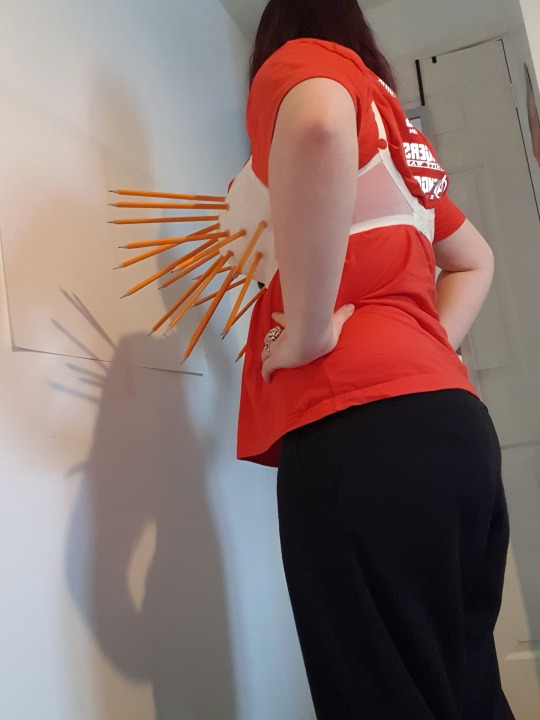
once all 28 pencils were attached to the bra 14 on each cup, i taped a make shift a2 paper to the wall, as i only had A3 paper i taped 2 sheets together, it looked a bit botched but the same result came out, i dragged my boobs across the page and began to make marks.
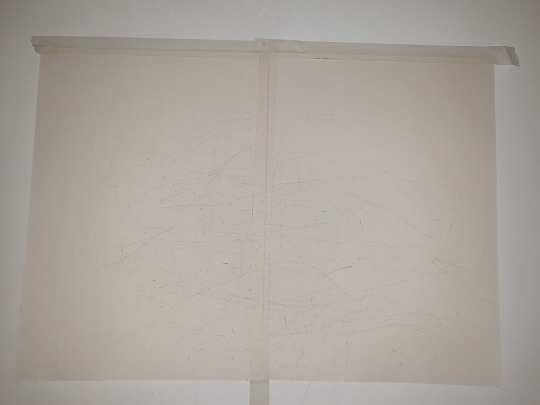
i jumped, spun, swayed, stabbed, and many other movements to create creative and interesting marks on the page, unfortunately because the pencils were HB and i could not apply much pressure as it was difficult to do so and move.

The Pen Pants
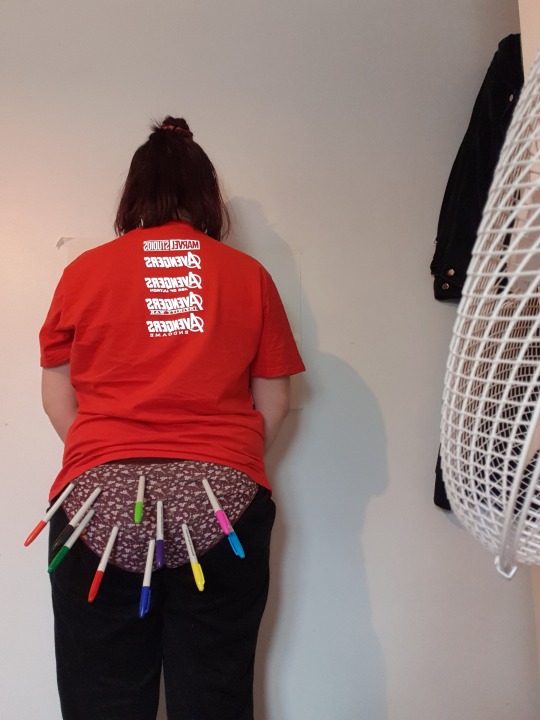
after creating The Pencil Bra i wanted to create another drawing body extension and what goes with a bra? pants go with a bra. so i got some cheap marker pens in ASSorted colours (pun intended) ,i used hot glue to attach them also and once all stuck to the ass of the pants i put them on and stuck paper to the wall again.
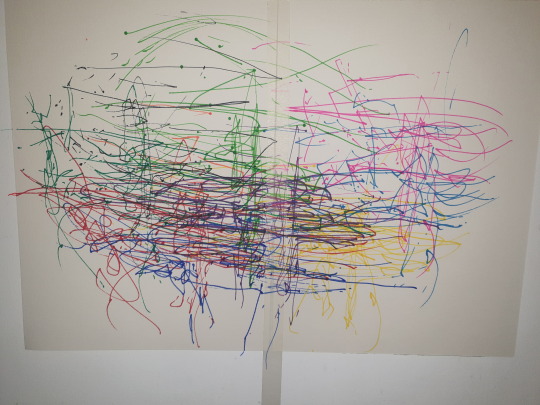
i jumped, swayed, stabbed, spun, wiggled and other movements to also create fun and interesting markings, i was much happier with this out come as i could actually see the markings clearly and the colours just looked more interesting that the pencil, as the process was fun you could see that it was now fun through the coloured markings.
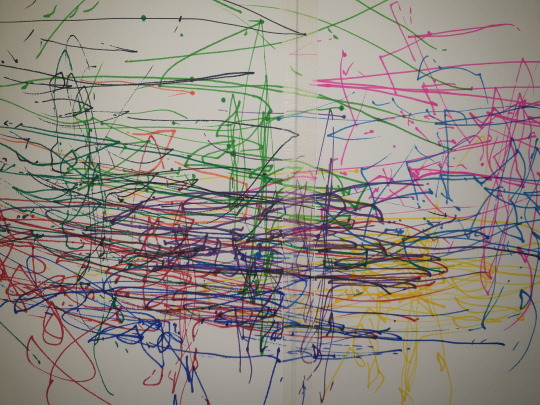
Rebecca Horn
the pencil mask by rebecca horn
DIMENSIONS

Object within display case: 650 × 520 × 400mm
Black box: 135 × 360 × 225mm
Framed photograph: 255 × 312 × 33mm
https://www.youtube.com/watch?v=Eh9JH7daSbg
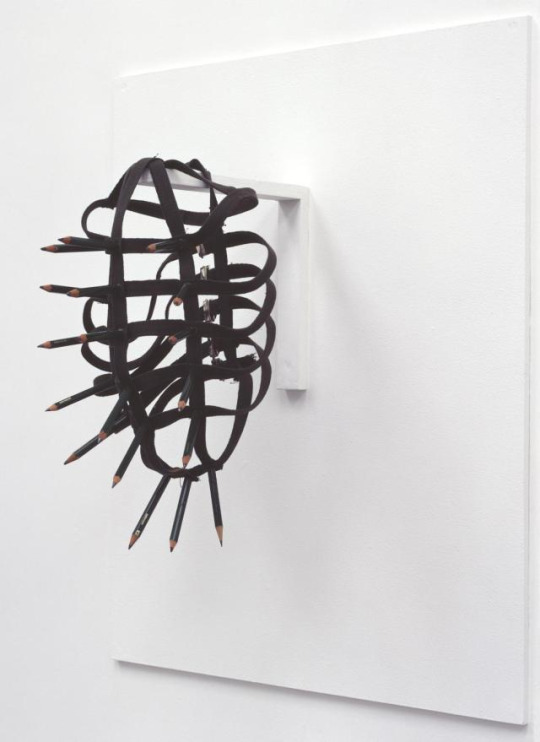
Strapped around the face, the mask transforms the wearer’s head into an instrument for drawing. Horn has described wearing it: ‘All pencils are about two inches long and produce the profile of my face in three dimensions...I move my body rhythmically from left to right in front of a white wall. The pencils make marks on the wall the image of which corresponds to the rhythm of my movements.’ The spike-like pencils make this one of Horn’s more threatening works. However, it is linked to the feather masks, as feather quills were also once used for writing.
Drawing Practical 1
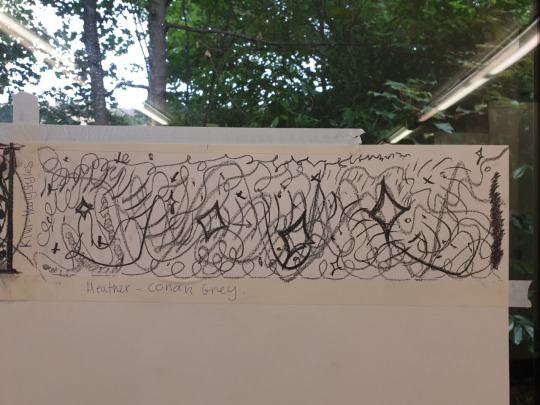
starting on a 6x6cm square section on an A1 sheet hanging in front of a window i began to listen to kiwi by Harry styles.the lines i created were very dark and ridged at the song was quite rocky and was more shouting than singing a melody.i used 9B graphite on all
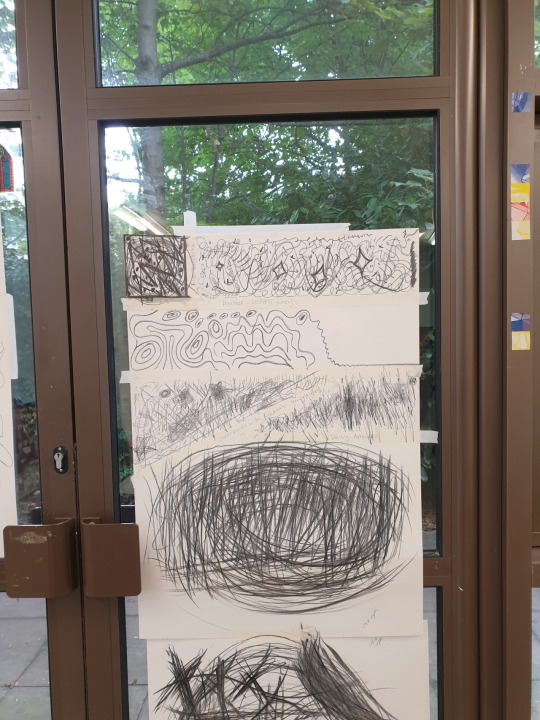
my next drawing was to Heather by Conan Grey, this song is a lot calmer and has more melody so my markings on my page were much softer and more flowing and you could tell there was less pressure being used on the graphite as the markings were less tonal.on this section i had a longer rectangle area to use up so there was more space for freedom and i could use the length to go from the start of the song to the end of the song.
the third section was 6cm longer than the second section giving even more space to draw, this time we all listened to the same song on a record player from the 60s, we had no emotional connection to this song as none of us knew it, it was very 40s 50s vibes
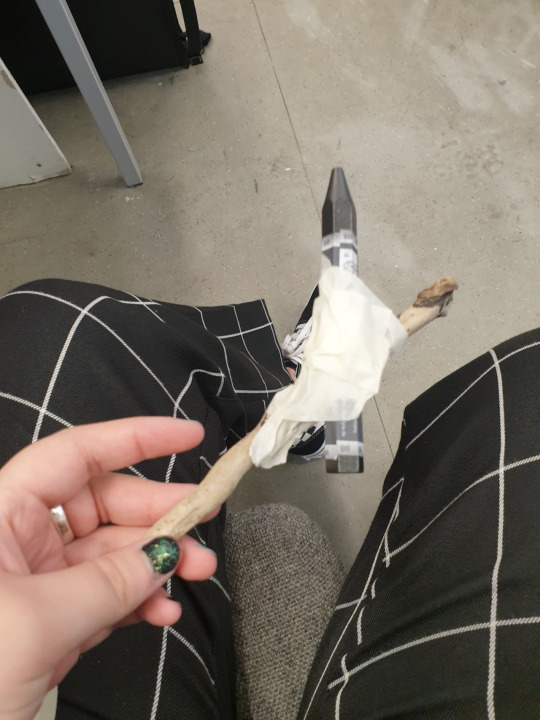
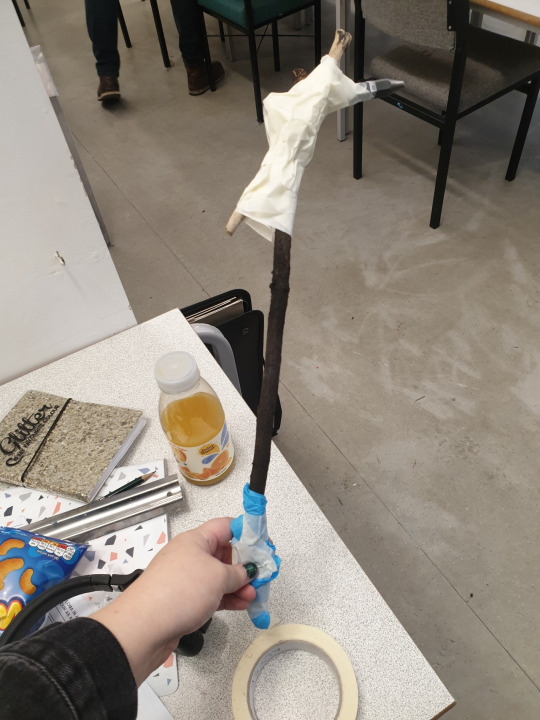
to break out of the conventional form of drawing with pencil in a controlled manner on pencil we made drawing sticks, this caused us to be out of our comfort zone and lose some physical control of the graphite stick.
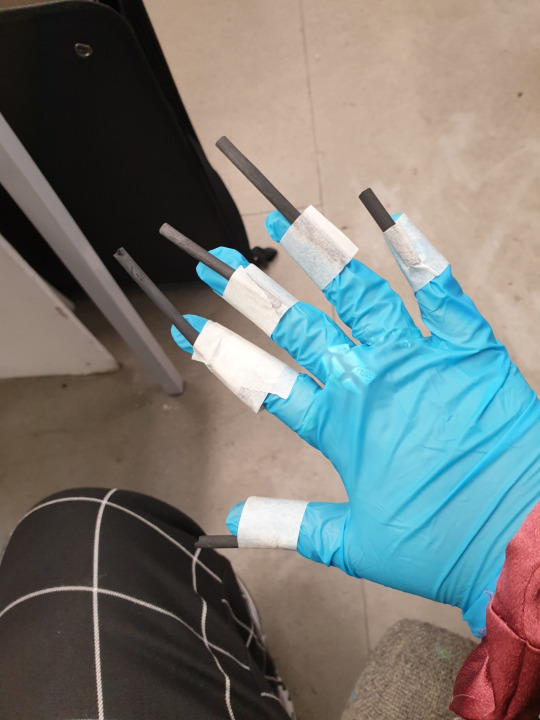
to get even more creative we changed our medium to charcoal and attached pieces to my hand, while listening to music i created markings with my hand on the page these markings were very fluid and exciting as there was more than one piece of charcoal making a mark so it created an over all more intersting drawing.
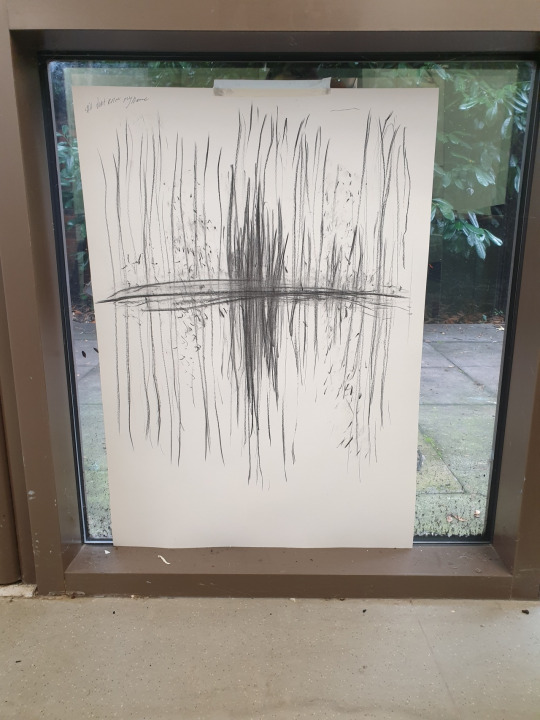
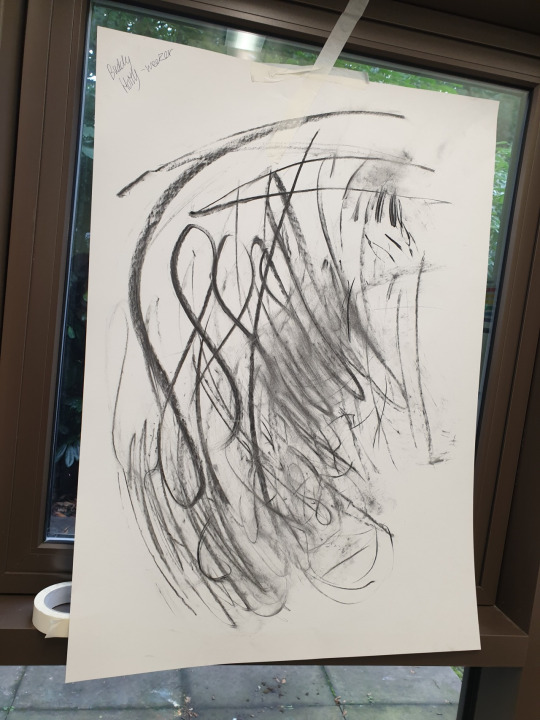
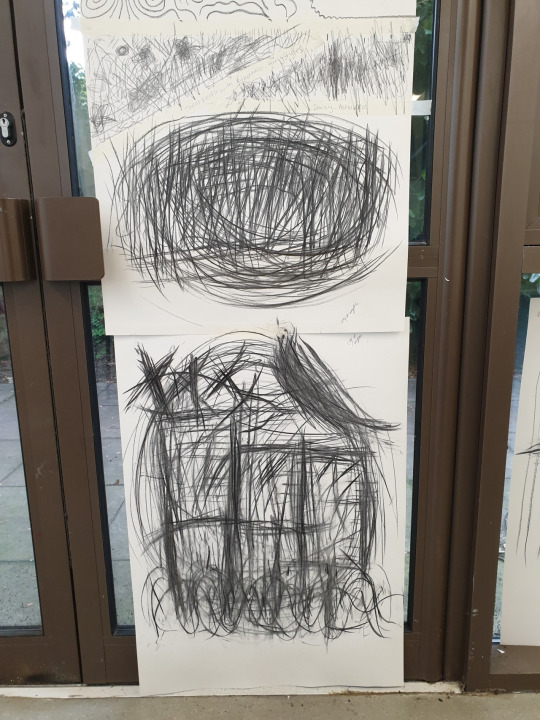
Wassily Kandinsky
Painter, printmaker, watercolorist, pioneering theorist of abstraction. Abandoning an academic law career in Russia, moved to Munich in 1896 at age of thirty to study art. Founded several progressive art groups in Munich, most notably the Blaue Reiter, in 1911, with Franz Marc. Developed artistic philosophy based on the psychology of colors and shapes. Rejected objective representation and materialism in his art and theoretical writings, favoring spiritual approach of “inner necessity,” which culminated in his breakthrough to abstraction, around 1913
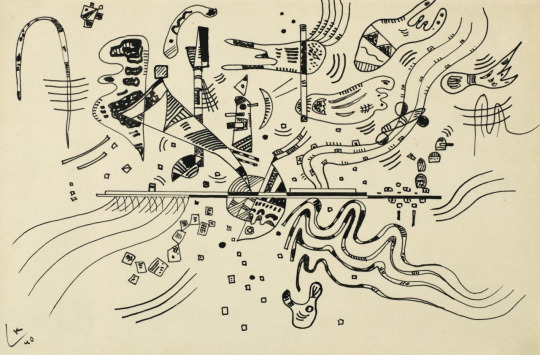
.Marc gave an emotional meaning or purpose to the colors he used in his work: blue was used to portray masculinity and spirituality, yellow represented feminine joy, and red encased the sound of violence. After the National Socialists took power, they suppressed modern art; in 1936 and 1937, the Nazis condemned the late Marc as an entarteter Künstler (degenerate artist) and ordered approximately 130 of his works removed from exhibition in German museums.
Der Blaue Reiter (The Blue Rider) was a group of artists united in rejection of the Neue Künstlervereinigung München in Munich, Germany. The group was founded by a number of Russian emigrants, including Wassily Kandinsky, Alexej von Jawlensky, Marianne von Werefkin, and native German artists, such as Franz Marc, Paul Klee, August Macke and Gabriele Münter. They considered that the principles of the Neue Künstlervereinigung München, a group Kandinsky had founded in 1909, had become too strict and traditional.
Der Blaue Reiter was an art movement lasting from 1911 to 1914, fundamental to Expressionism, along with Die Brücke which was founded in 1905.
“A painter, who finds no satisfaction in mere representation, however artistic, in his longing to express his inner life, cannot but envy the ease with which music, the most non-material of the arts today, achieves this end. He naturally seeks to apply the methods of music to his art.”
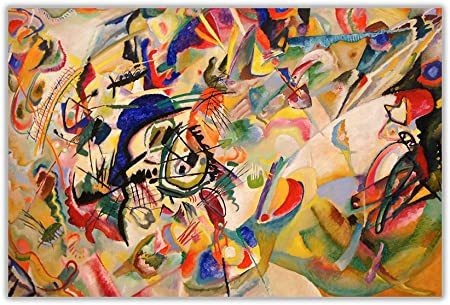
These are words from the renowned painter Wassily Kandinsky that describe the influence of music on his work throughout his life – music appears everywhere in his paintings. Kandinsky believed that music could be brought to the canvas in the way it can be brought to paper in the form of notes and ultimately to melodious sound that captures almost any living being.
Kandinsky continues to perfect his theory: Abstract art creates a new inner world that, when viewed from the outside, has nothing to do with reality. It follows the general laws of the cosmic world. Kandinsky did not doubt his ‘inner world’ throughout his life from the very early ages until his death.
The sophistication and amalgamation of music and painted or written art became ever more prevalent as human artistry and creativity developed over time. If you take a moment to study this phenomenon, you will encounter famous names like Johann Wolfgang Goethe who once declared that architecture was “frozen music” or as Paul Klee famously once said, “One day I must be able to improvise freely on the keyboard of colors: the row of watercolors in my paintbox”.
Jackson Pollock Practical
the practical started on a4 paper with black and white acrylic paint, i had little to no idea on pollocks technique, thought behind his work, or him other than the fact i knew of his work and had seen some in person on my trip to new york city. the task was to replicate one of pollocks paintings, which is physically impossible as the physics behind each splatter of paint is going to be different to the next and will never ever be exactly the same as pollocks. so we interpreted our own by looking at the markings that he had made and trying to make similar markings with black and white acrylic, the lines of his work are quite long and stringy, the consistency of acrylic wouldn’t create those lines on its own, so i mixed the paint with a decent amount of pva glue to create a more runny yet tacky consistency to create the lines as close to what pollock was making.
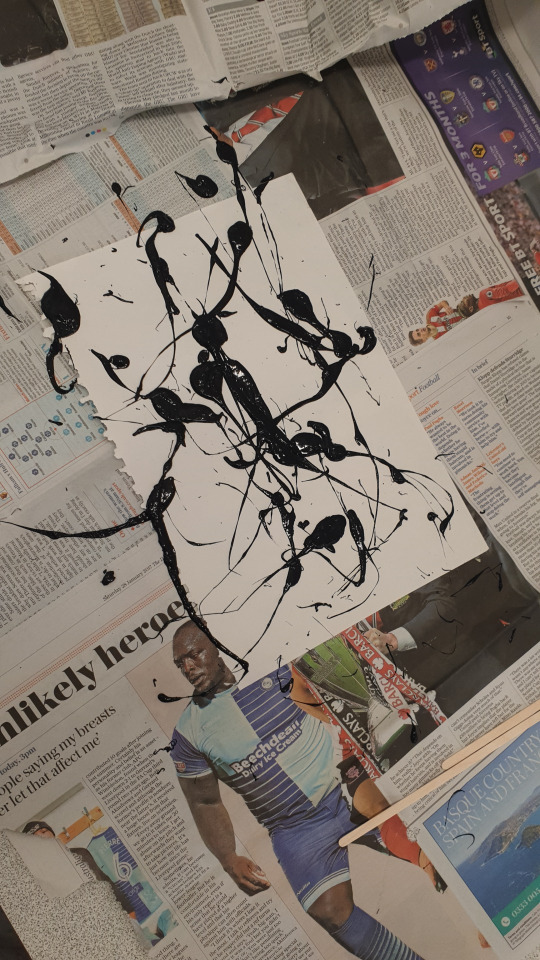
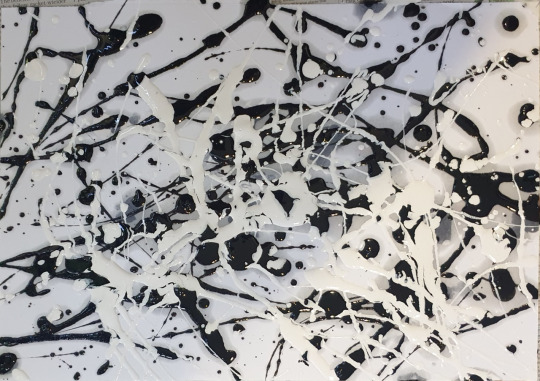
we were then given the correct paint that pollock would of used which was house hold paint, used for things like skirting boards, banisters and wooden doors. this paint has a more stringy and controlled consistency than the acrylic allowing the lines to be thinner and you have more choice on where the paint goes unlike acrylic just lands wherever gravity pulls it and is way to thick.
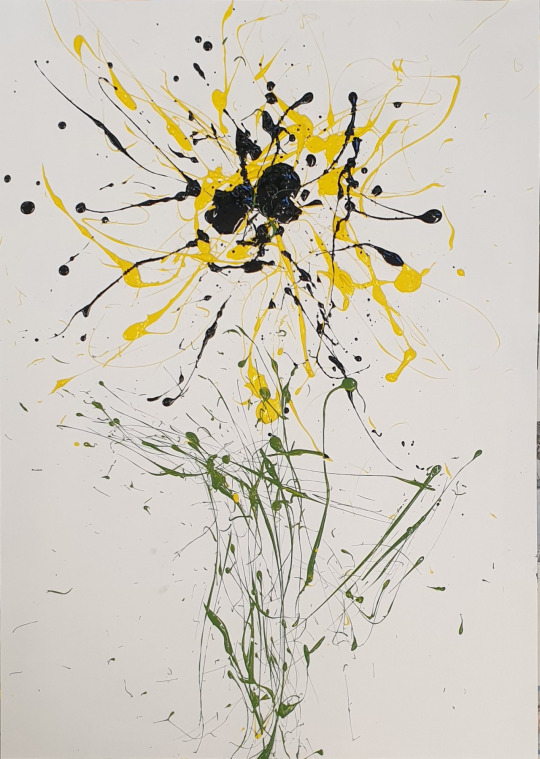
once we had had some fun creating some abstract pollock like paintings with the house hold paint , the paintings had no figurative meaning, so we were tasked to create something figurative yet hold the style of pollock at the same time so i chose to create a sun flower as it was the first thing that popped in to my mind, i used acrylic and house paint as i wanted colour but we had no house paintsin any colour but white and black so i mixed my acrylic with a lot of glue to get a similar consistency as the house paint.
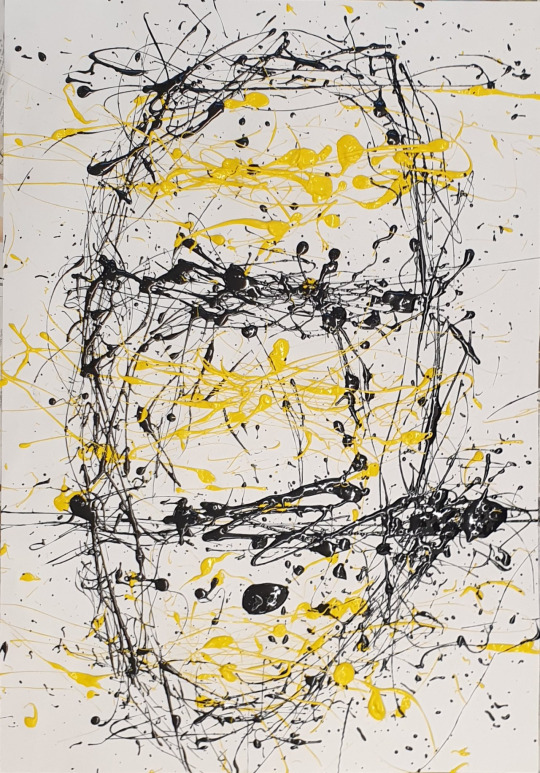
i then created a bee with yellow acrylic and glue and the black house paint, the proportions were a bit big for the paper as i couldn’t fit the wings in which was a bummer as the wings of a bee are what make the buzzing sound and the way the markings of the paint fall almost look like the bee is vibrating.
Jackson Pollock
picture i took at the MoMa in nyc
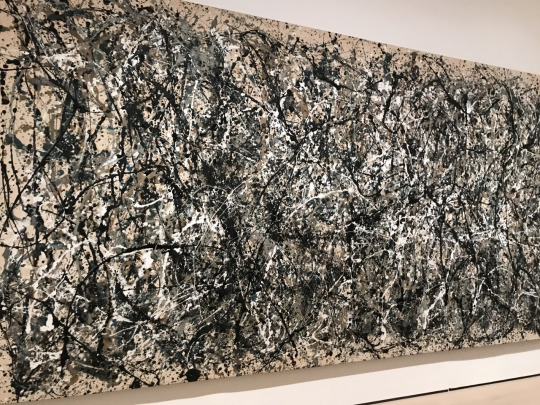
Pollock’s work had many other influences. For example, he liked a group of Mexican painters who made murals. Murals are large images that the artists paint directly onto a wall. Some of these painters were working in New York City in the nineteen thirties, so Pollock was able to see them work. Pollock borrowed several methods and ideas from these artists. They included the use of large canvases, the method of freely applying paint and honoring old and new traditions.
Also, when he was in his late twenties, Pollock suffered a mental breakdown. It was caused in part by depression and dependence on alcohol. As a result, he was treated by a Jungian psychoanalyst. This is a special kind of expert in emotional health who works to understand the unconscious mind, dreams, and emotions. Pollock was influenced by this kind of investigation of human relations and emotions. This “inside world” would become the subject of his paintings.
During these years Jackson Pollock started to paint in a completely new way. He created art that was very physical. In fact, his method is sometimes called “action painting”. Most artists painted on a surface that stood upright or vertical. But Pollock put his large canvases on the floor so that he could move around all four sides of his work. He also used very liquid paints so that he could easily drop the paint onto his canvases. This “dripping” method allowed him to make energetic works. His paintings are explosions of curving lines, shapes and colors. In his art you can see every movement that his arm made. You can see how he had to move his body around the canvas. Videos of Pollock painting show this process, which looks like a painterly dance.
Pollock invented a new kind of painting that changed the way the world looked at art. … When he first began painting, Jackson Pollock painted representational objects such as people and animals. However, he is famous for helping to create a whole new art movement called Abstract Expressionism.
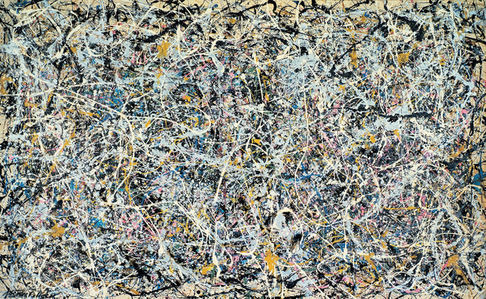
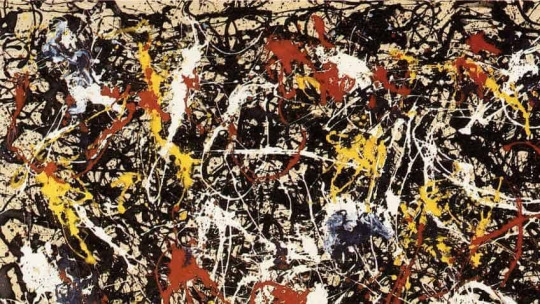
0 notes